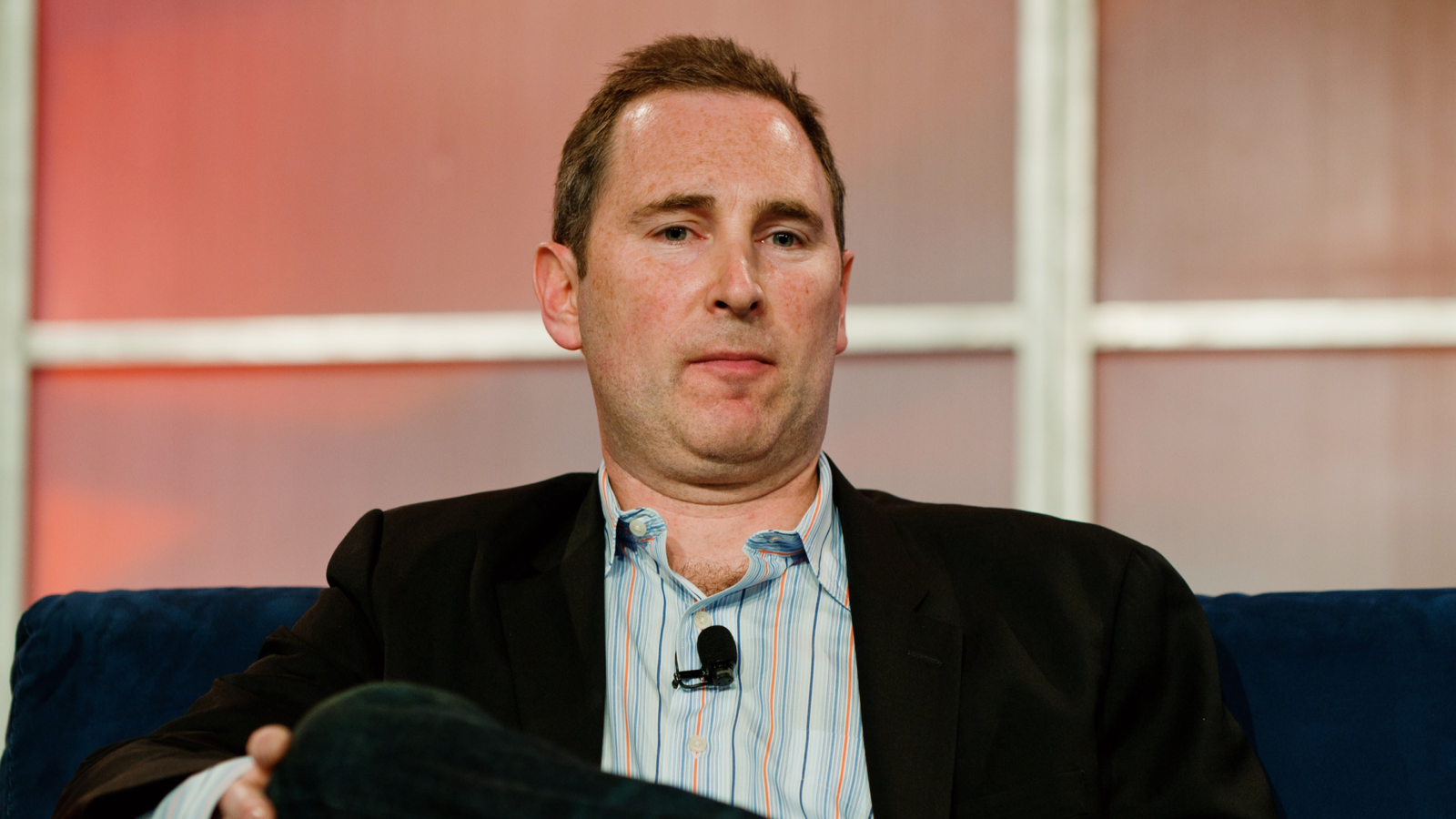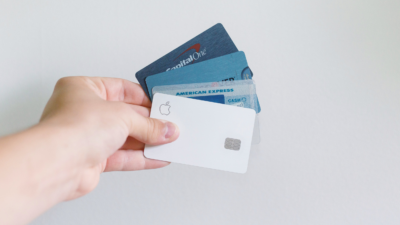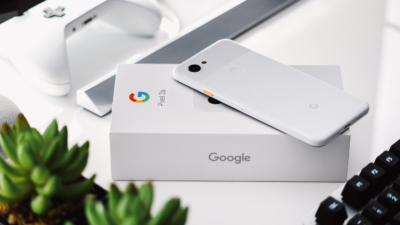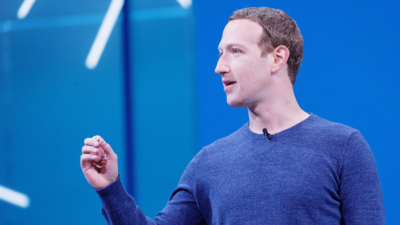FTC Says Meta is a Monopoly. But in Which Markets, Exactly?
Central to the trial is one question: Just who, exactly, are Meta’s competitors? The FTC’s answer may be narrower than you’d expect.
Sign up for smart news, insights, and analysis on the biggest financial stories of the day.
You’d think that Mark Zuckerberg, of all people, would know your words can always come back to haunt you in the age of social media.
Monday marked the opening day of the Federal Trade Commission’s landmark antitrust trial alleging that Meta, the company he founded as Facebook, built an illegal social media monopoly via its $1 billion acquisition of Instagram in 2012 and its $19 billion WhatsApp purchase in 2014. Placed on the witness stand, Zuckerberg was confronted by years of previous statements and actions that showed Meta may have engaged in a “buy-or-bury strategy” when faced with competition. But central to the trial is one question: Just who, exactly, are Meta’s competitors? The government agency’s answer may be narrower than you’d expect.
Post History
In a 2008 email entered into evidence, Zuckerberg said it was “better to buy than compete.” In another email to executives in 2012 concerning Instagram’s growing prominence, Zuckerberg wrote about the importance of “neutralizing a potential competitor,” and in a later email in 2012 to former COO Sheryl Sandberg, Zuckerberg wrote “Messenger isn’t beating WhatsApp, Instagram was growing so much faster than us that we had to buy them for $1 billion.”
All of which, again, begs the question, “Who is Meta’s competition?” The tech titan and the FTC, unsurprisingly, have differing opinions on which market (or markets) Meta competes in:
- The FTC, pointing to previous statements by Zuckerberg and other Meta executives, said that Meta’s platforms are social networks that primarily serve to connect friends and family. That means, according to the agency, Meta’s empire has unfairly cornered a market in the broader social media ecosystem, with its only real service rivals being Snapchat and niche platforms like MeWe (Snapchat has about 435 million daily active users, compared with 3.3 billion across Meta’s three platforms).
- Meta, on the other hand, insists it competes with a much broader swath of social media including video-based platforms like TikTok and YouTube, which are much less focused on facilitating peer-to-peer connection. Meta’s lawyers pointed to a spike in Instagram traffic upon the short-lived TikTok ban earlier this year as proof that it exists in a much broader, more competitive ecosystem.
Three Stripes, You’re Out: Meta made more news last week as it appointed two new members to its board: former Trump advisor and Goldman Sachs executive Dina Powell McCormick and Stripe CEO Patrick Collison. According to antitrust lawyer Lee Hepner, the latter is problematic, given Stripe and Meta’s overlapping fintech ambitions. Placing Collison on the board marks a “blatant violation of Section 8 of the Clayton Act. It is illegal for a company’s officers to serve on the boards of their direct competitors,” Hepner posted on X.












